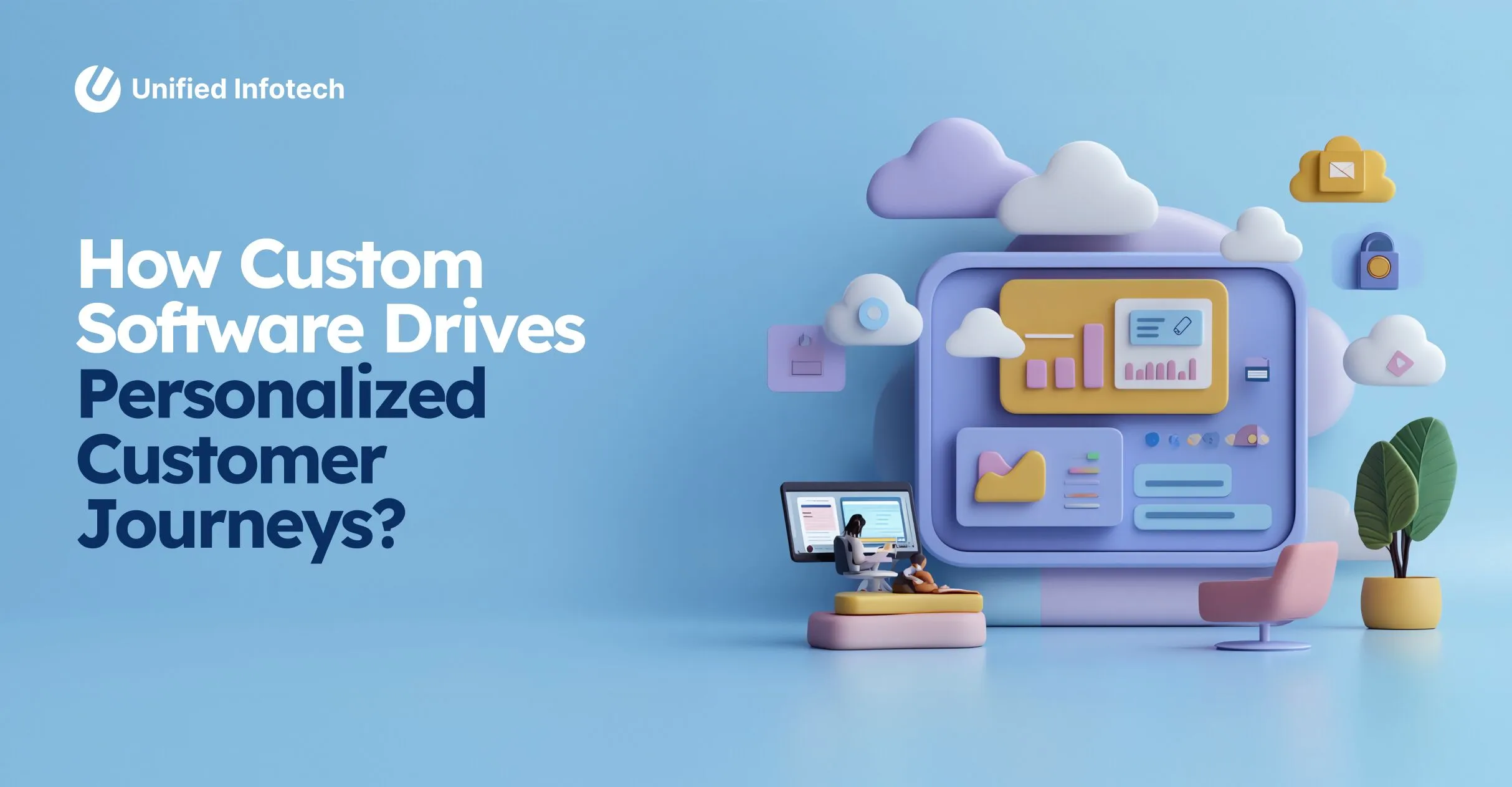
Site Search
Why IoT Will Be Next Big Thing In 2017

Table of contents

Let's talk
Reach out, we'd love to hear from you!
“Nothing has changed, and yet everything is different.”
— Jean-Paul Sartre
When people discuss “the next big thing”, they are not thinking big enough. It’s not the pool of imagination, it just lacks the observation part.
What is IoT (Internet of Things)?
The Internet of Things (IoT) is an arrangement of interrelated computing devices, mechanical and computerized machines, items, creatures, or individuals. They are furnished with exceptional identifiers and the capacity to exchange information over a network without expecting human-to-human or human-to-computer communication.
Case in Point: The Buzz Surrounding the Internet of Things
The buzz encompassing the Internet of Things (IoT) is enormous. In 2020 more than 50 billion devices will be associated with the internet. Web development service will face a huge transformation in near future. The measure of information originating from these devices will be colossal. Be that as it may, what does IoT mean for your business specifically? Is IoT truly the following enormous thing or would it be advisable for us to kick back and sit tight for the hype to proceed onward? It’s difficult to anticipate where precisely IoT will be in two or three years, yet one thing is for sure: the potential is enormous!
Why would that be? All things considered, in light of the fact that IoT eventually prompts plan of action development. You can find the genuine estimation of IoT at the convergence of social event information and utilize it. By joining the insight from a huge number of interconnected devices with other data sources, innovation can occur at a significantly faster pace. Also, with sensor innovation getting less expensive, systems getting speedier, information stockpiling getting greater and the cloud being within reach of everybody. All boundaries to begin exploring different avenues regarding IoT appear to have broken.
Internet of Connected Everything
IoT is no more an idea that touted to become the next big thing. It is driving the development of crosswise over organizations and is a vital piece of their IT foundation. Organizations are broadly embracing associated gadgets, advancing coordinated effort and efficiency. This hyper-network will uncover conceivably everything associated with the web at an undertaking and along these lines, would secure the rest. This would bring about cutting-edge occurrence reaction and appropriation of stringent security conventions by associations.
The current Dyn DDoS assaults in October likewise demonstrates the world how unsecured IoT is and how companies can control and broken. The vehicle business likewise guarantees to end up noticeably a security battleground between producers, clients, and designers heading into 2017. As a more prominent number of keen parts end up plainly partner inside vehicles, they can without much of a stretch controlled and hacked. Additionally, with driverless autos likewise ready to hit the streets soon, security breaks for this situation could inevitably wind up causing physical harm.
Moreover, for consumers, as self-propelled cars turn into a reality, vehicle hacks would likewise progress toward becoming standard. This could incorporate cars being held for recover. Hacked to get their area for seizing, unapproved observation and insight gathering, or other car centered dangers. This will likewise prompt an issue of obligation between the product merchant and automobile manufacturer. It will have long haul suggestions on the fate of associated cars.
Future of Business: Cloud Generation
In the mission to address the necessities of the mobile workforce, organizations should grow their security framework past firewalls. The need is to move towards Wi-Fi and cloud-based administrations as opposed to putting resources into costly and pointless network solutions. Moreover, as organizations understand the capability of information, machine learning and computerized reasoning will turn out to be more significant and prevalent. While this would give applicable business bits of knowledge, it would likewise increment vulnerable end-focuses. Presenting security machines that can self-learn and adjust to dangers continuously will soon turn into a need.
The Changing Face of Cyber Crime
The present assailants are very much supported, state-supported, stealthy, and determined; this empowers them to make new procedures to shroud themselves while trading off safeguards and basic information. Aggressors have moved a long way past focusing on constrained money related motivations, for example, credit cards. As their inspiration goes past monetary delight, there can be circumstances where country states hold hands with digital sleuths. This could prompt have expanded focusing on budgetary, political or military frameworks of enterprises and focused on countries. That could then prompt worldwide turmoil in 2017. Automaton jacking is probably going to end up plainly a typical subject in 2017. Organizations would need to begin conceiving hostile to ramble hacking tech to avoid and battle such dangers.
How is the Industry Looking at Inter- Operability Standard Issues?
We think IoT needs to imagine the setting of conventional societal limits and corporate governance. There will be some achievement in setting up those standards. yet we think it will dependably be around of getting up to speed. There is far to go before all levels of associated gadgets regard a solitary uniform standard.
The business will get institutionalizations supporting a level of interconnectedness crosswise over ventures.
There will be a level of true standards and past that, many levels of free divided benchmarks crosswise over individual organizations. Yet, some of those measures will be conflicting in the meantime.
But it’s a problematic concept to recommend in regulations because it depends on the context of the data. The only way of efficiently managing it is to carry in a trusted third party. We will want a more complex instrument that pushes the idea of privacy into a commercial and inexpensive context than something regulated.


